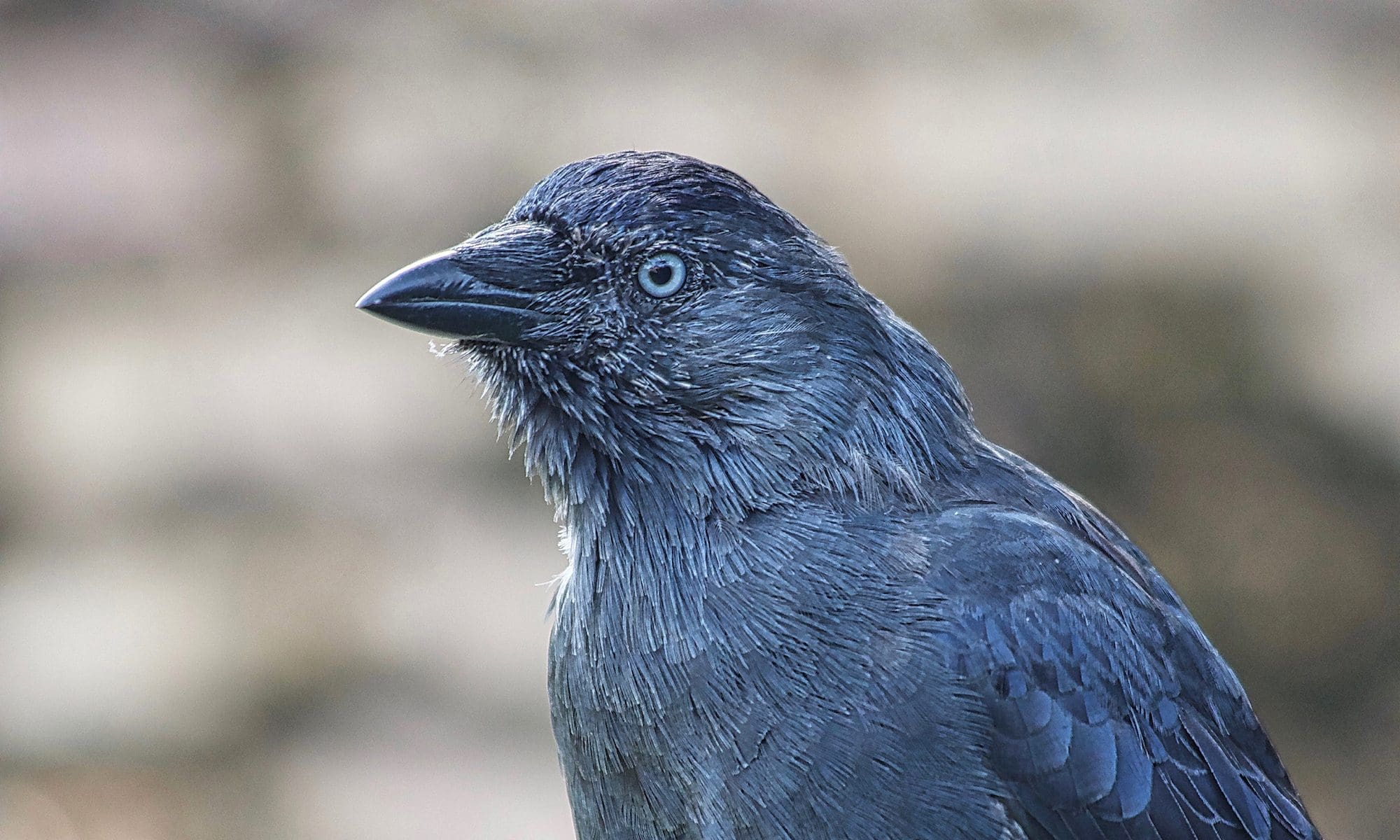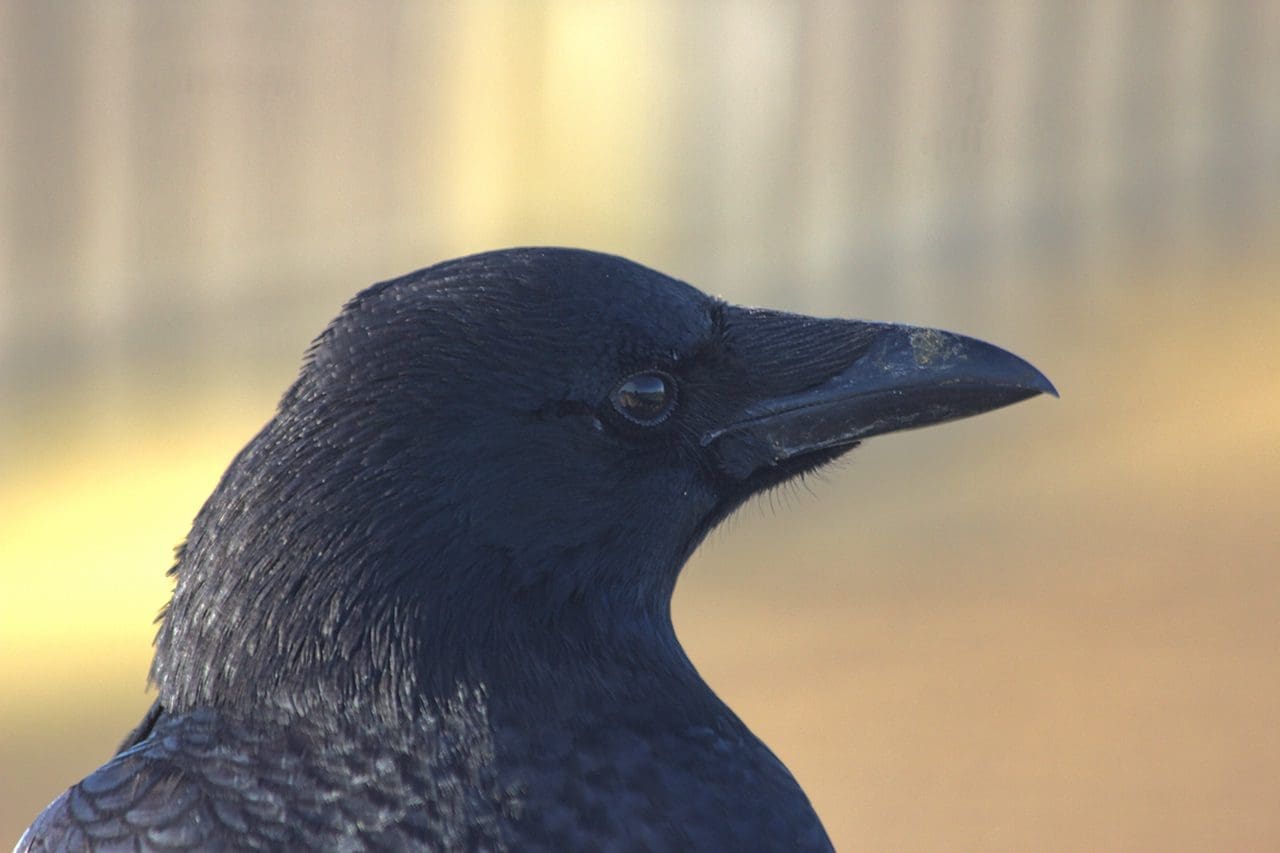It is often difficult or sometimes even impossible to catch a poorly or injured bird in need of help. Trying to capture a wild bird is a delicate endeavour. One must be certain not to harm the bird or damage its feathers, as the plumage is the most valuable asset of a bird. Feathers have many different functions apart from helping the bird to fly or swim. They are used for protection, insulation, waterproofing, camouflage, communication and display. Even minor feather damage can render birds unreleasable, or will at least delay their release by months if not a year. Swifts are a prime example, as these birds spend almost all of their life on the wing. Some animals in need of help are often still able to fly or to outrun a human. They might quickly disappear by going into hiding or by keeping themselves out of reach. Injured or poorly birds are also very likely to become distrustful and alert towards humans and their own kind, which makes rescue attempts even more difficult.
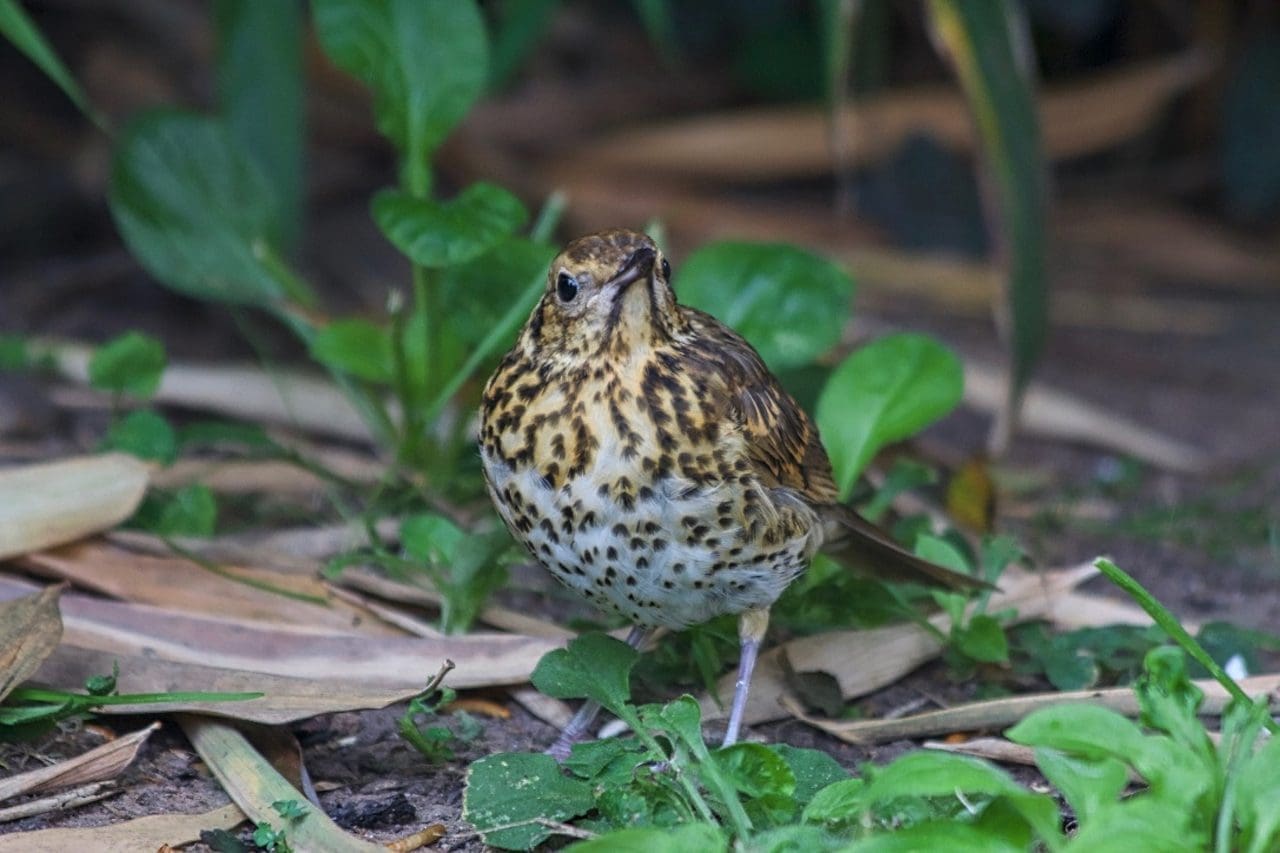
General Considerations
Sadly, when a bird can be easily caught, then it is often too late for any curative treatment. However, this does not mean one should give up, as in any case suffering can be avoided or at least reduced. The first assessment of the health situation of a bird patient, performed by an unexperienced rescuer, could also be flawed or misleading. In particular hypothermic birds will almost always appear lethargic and sometimes even lifeless. However, there is a good chance that this initial appearance may quickly change, when these animals are gradually warmed up. Please note that any rescue attempt should be carefully planned. The rescuer should only proceed when it is safe for both, the rescuer and the patient, bearing in mind that there is often only one chance to catch an injured animal. Further attempts are likely to be in vain!
Local Assessment
Assuming that the animal concerned needs rescuing in the first instance, the first and most important step is to assess the local situation. At this point in time, if possible and feasible, it might be a good idea to contact an experienced wildlife rescue or rehabber to have a conversation about the specifics of the rescue situation and to get extra advice or physical help. This is in particular important for decision making, as there may be other factors to consider than the rescue of a single poorly animal. This can easily become the case, when for example a parent bird is injured during breeding season. A typical example would be the intended capture of an injured female mallard without rescuing her ducklings, which might save the duck but would condemn all ducklings to death. Species specific, behavioural and local knowledge are crucial when it comes to making the right decision. Occasionally it can make more sense not to capture a poorly animal despite its ailments, but to provide food and medication like pain relief in aid to assist the animal in the wild. However, there are only a few medical problems, injuries or diseases, which can be dealt with like that. The majority of cases require the capture of the animal. A second thorough assessment by an experienced rescuer, rehabber or avian vet with wildlife experience is often needed too.

Preparations
Before going ahead with a rescue, a suitable padded and well ventilated container needs to be organised and at hand, where the rescued animal can be placed after being captured. Metal bird cages are not suitable as carriers, as the animal is likely to injure itself or could damage his or her plumage. Towels or blankets may come in useful, firstly to cover the carrier and to calm the animal down, and secondly as a helpful tool to catch and restrain the animal. The first option to consider is whether reciprocal trust can be used or created, which would allow the capture of the animal. The provision of food or treats can be a convincing argument for the animal to come close enough and in reach to be caught by hand, with the help of a towel or by using a pole net. Special consideration should be given to the kind of injury or ailment, in particular in view of avoiding further damage. If the bird shows signs of an impaired vision, then he or she will usually approach by having the healthy eye turned towards the person providing the food. This could mean that a helper might have a better chance to approach from the opposite side, or that a single rescuer has to wait for the animal to turn away to improve the chances of a successful capture.
Carrier, nets and towels are better kept hidden or inconspicuous, which is in particular important when dealing with corvids, as they are neophobic and may become easily suspicious before the rescue has even started. If possible at all, it would be of advantage to direct the bird, with the help of food or by using other means of distraction, into a position or location, where flying off becomes difficult or impossible. Besides focusing on the animal to be caught, one needs to also keep a close eye on other birds, meaning members of the same kind, but also other bird species. It needs only one bird to raise an alarm call and to bring the rescue to a premature end. Corvids are very unhelpful in this respect, as they are very likely to raise an alarm call – a call which most certainly will be recognised by other bird species as well. It is also important to remember that a bird, who is unable to fly, is still very likely to outrun a human rescuer. In this case a towel or blanket could be used to herd the bird into a carrier or into a corner, where it cannot escape and where it might be easier to capture the animal.
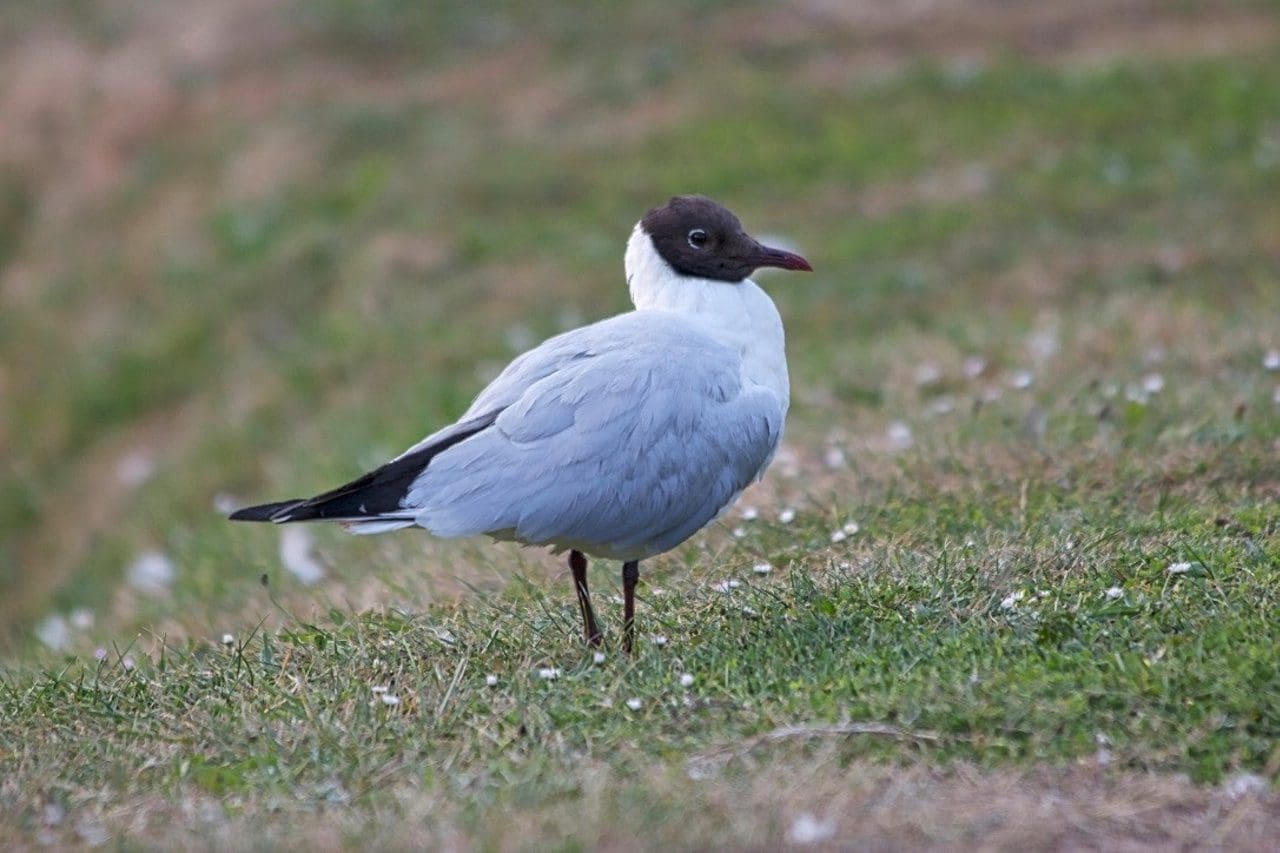
The Use of Traps
Another option, which can be considered, is the use of a trap. The success rate depends on the bird species. Regardless of the trap design, it is important to understand that in most cases traps need to be deployed out of sight of the animal to be rescued. Traps have to be constantly monitored to avoid capturing and injuring non target animals.
A simple card board box trap can be used for small birds including pigeons. However, it is unlikely to work for corvids. One has to cut a small flap in the bottom of a cardboard box using box cutters or scissors, which needs to be temporarily secured with tape. This flap will later be used as a door to remove the bird once it has been trapped. Then a block weight or heavy object needs to be attached to the bottom of the box on one side. The weight will serve to drop the end of the box quickly when the stick propping it up is pulled away. Then the box will be turned over and the weighted end of the box will be propped up with a stick approximately 25 – 30 cm long, which has a length of string attached to it. Food will be placed under the box and then the wait can begin until the bird in question has entered the bait area and the stick is pulled away.
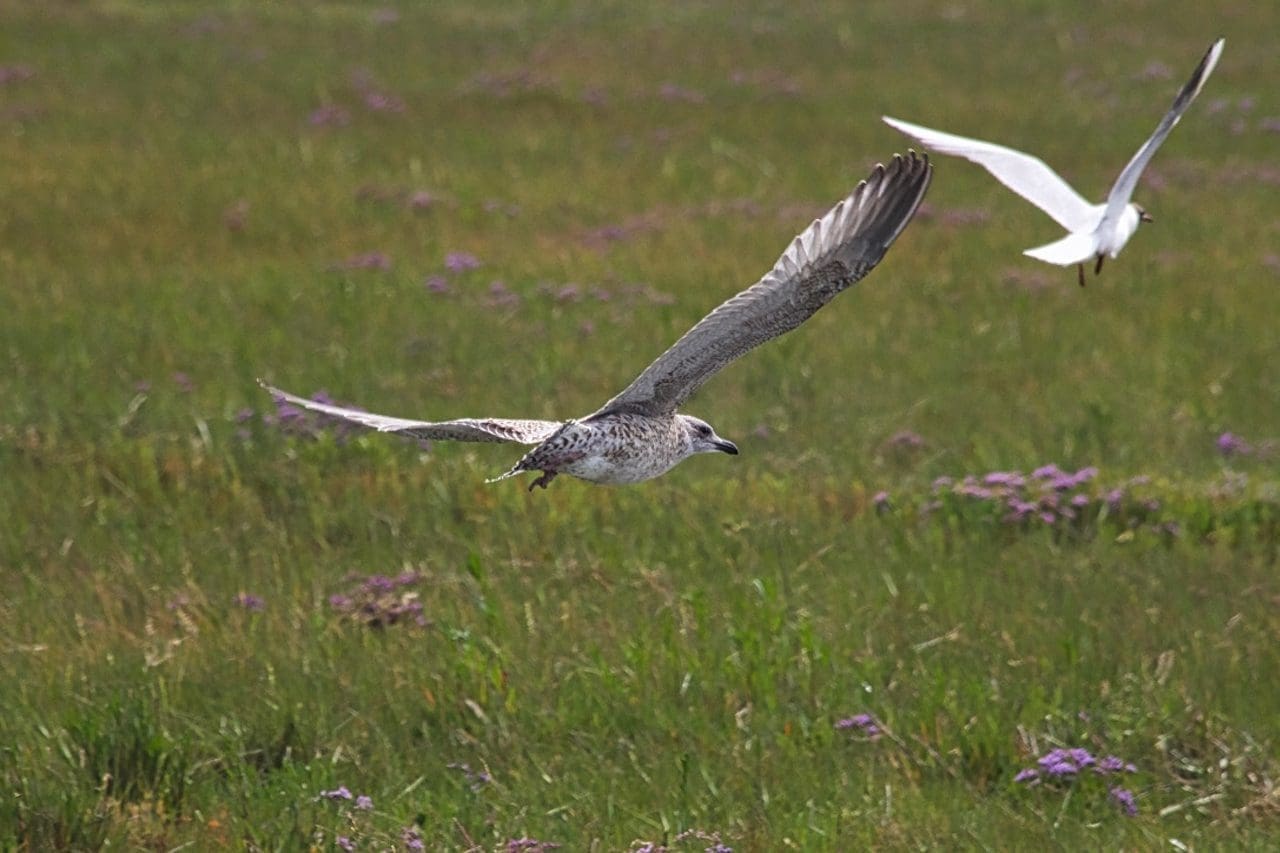
Another option is a net trap. A large soft woven elasticated fabric net (e.g. heavy duty woven bird netting) can be used as a versatile trap for many bird species, including corvids. A large net size of about 10 x 4 meters is essential. The principle idea is to create an igloo or tent like trap, where a large entrance area remains open for the bird to enter. As soon as the bird has entered and has moved deep enough inside, the front part will be pulled down and the bird is trapped. To make this trap work, the net needs to be weighed down at the bottom all way round by using for example stones or gravel to avoid the bird escaping. When the bird is eventually caught, one person needs to get into the trap and has to secure the trapped bird. This type of trap is also useful for birds hiding underneath a bush. In these cases the net is pulled over the bush and subsequently secured all way round. In this scenario the hiding bird needs to be flushed out and can then be caught when trying to get away. One can make good use of this trap design in rescues, where a bird can be cornered, but could still attempt to fly off. The trap will need to be deployed first and the bird needs to be driven into the trap, which works well for mallard rescues, where there is always a high risk of mother duck flying off.
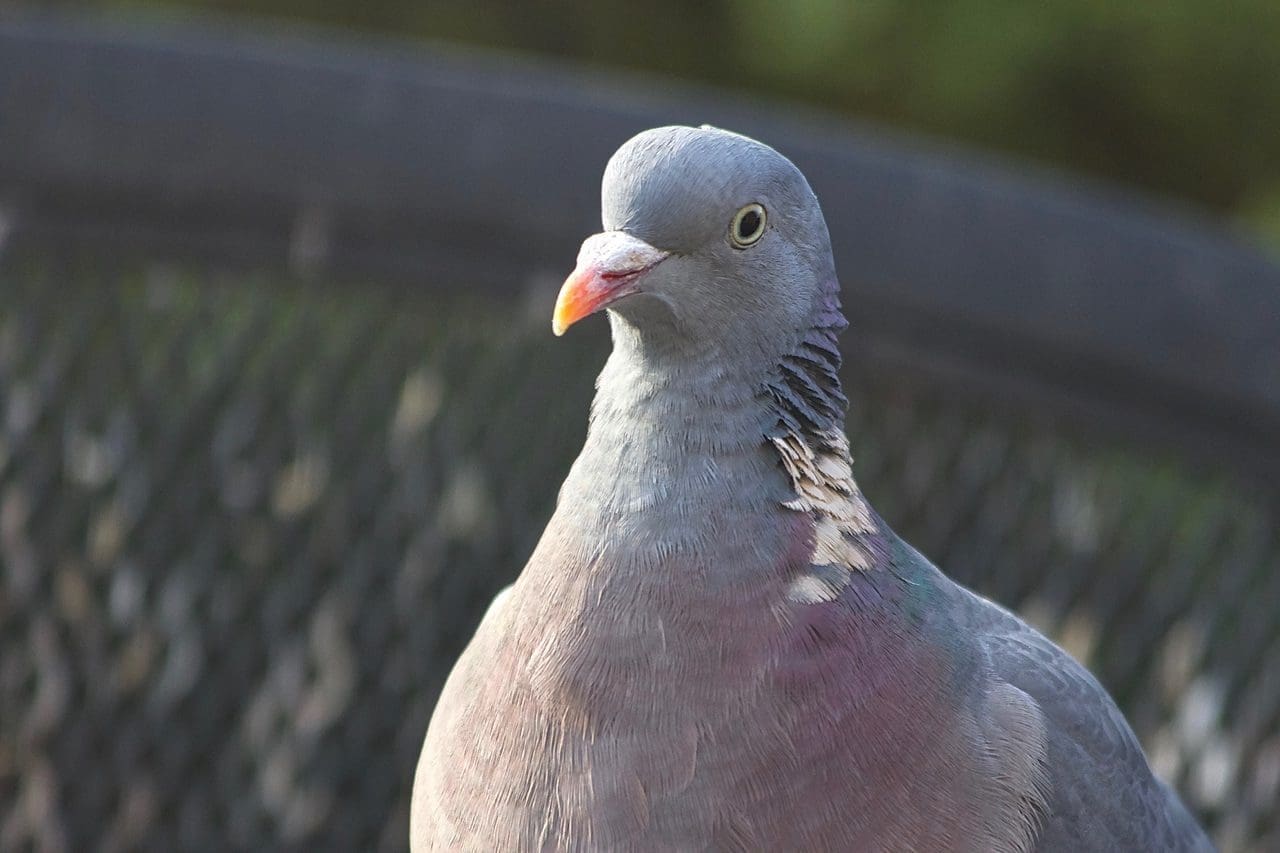
Handling Birds
Handling of a caught or trapped bird needs to be kept to a minimum, as being handled is usually very stressful for the bird. Some bird species like wood pigeons or starlings may not tolerate being handled at all. Wood pigeons are generally very nervous birds and are prone to suffer a fatal heart attack. If the bird opens his or her mouth and starts to pant, one has to stop immediately and needs to leave the bird alone. Covering the head of the bird whilst being handled will reduce stress levels. Pigeons, blackbirds and other bird species may also shed large amounts of feathers when being handled, which is thought to be a defence mechanism to deter predators.
Handling of an injured bird needs to be done gently but firm, as one has to be extremely careful to avoid further injury to the animal. The process can be complicated, if the animal is acting in an aggressive manner. This can pose a danger to the rescuer, if the bird is large, particularly if it is a bird of prey. It is strongly recommended to get expert help when capturing dangerous animals like birds of prey. Generally speaking, it might be easier and safer to use a light sheet, blanket or towel, depending on the size of the bird, and throw it gently over the animal. This keeps the animal confined and subdued. Depending on the size of the bird, one may want to use both hands to restrain the animal by holding the wings in a natural folded position against the body.
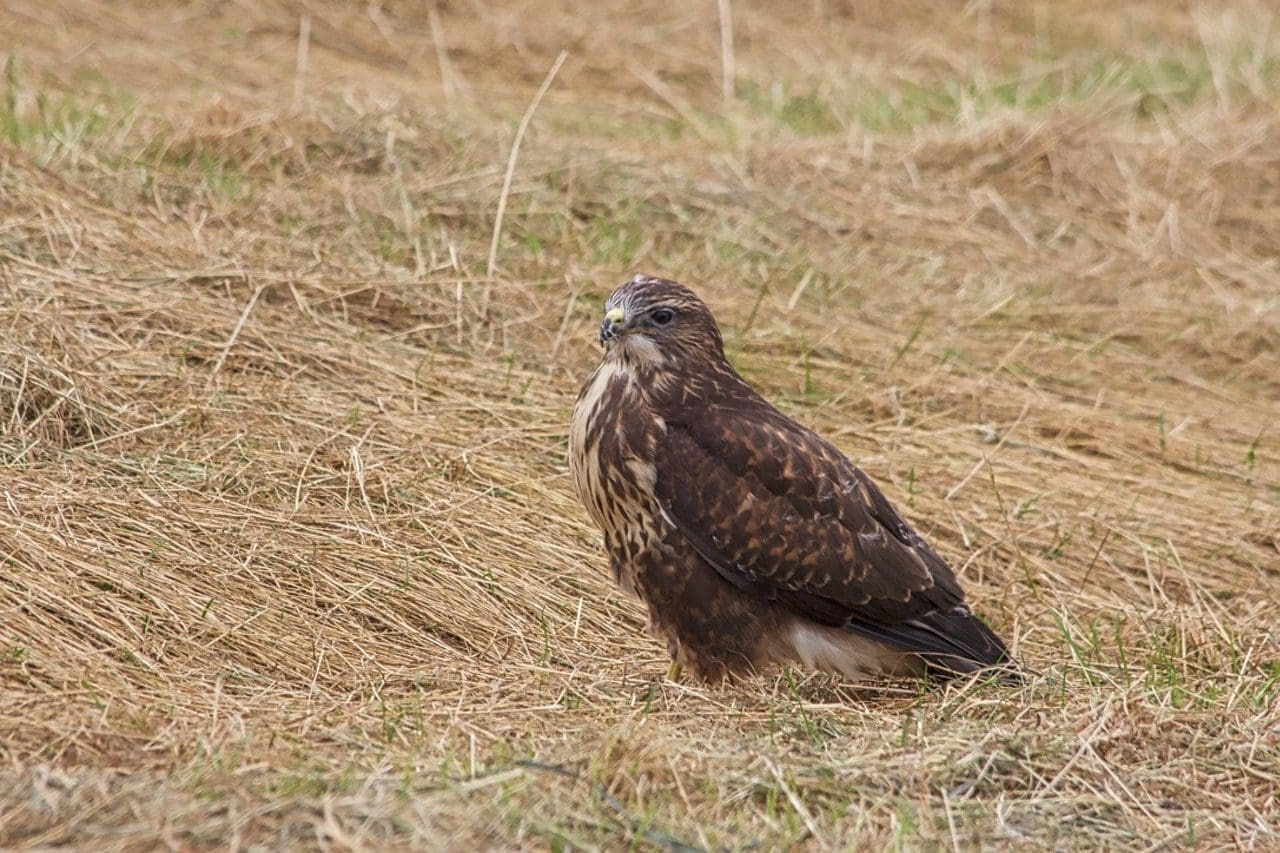
Special Cases
Birds of prey will most certainly use their talons as their first line of defence, which means that they will throw themselves feet first towards the rescuer. Talons will lock and it may not be possible to break this lock. Herons, gannets and egrets are also to be handled with care, as they will use their long beaks to defend themselves and may aim for the eyes of the rescuer. The double serrated beak of a gannet is able to cause severe injuries. Goggles and gloves are essential tools when handling these kind of birds. Also, long legged birds like herons and egrets have very delicate legs and should never be transported for longer periods of time with legs folded in. Beaks should never be secured or taped as some bird species like gannets are at risk of suffocation.
